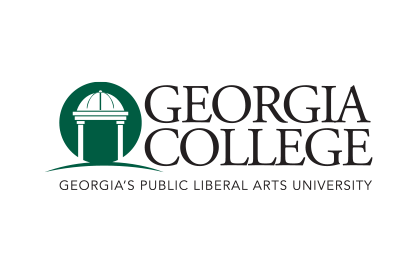Project Title
Mapping the Ancients
Faculty Mentor(s) Name(s)
Jamie L. Downing
Abstract
Mapping the Ancients is an interactive map I built to help users explore how Western Rhetoric has been shaped by the complex intersections of various ideas, events, people and most importantly, influence throughout and beyond Classical Greece. During this time—from approximately 500 BCE to 300 BCE, rhetoric began to develop as a distinct academic discipline. Rhetorical scholars still turn to concepts developed during this era as foundational tools to understand contemporary rhetorical practices. The map tracks where central figures, including Protagoras, Gorgias, Aristotle, Aspasia, and others travelled, worked, and interacted, as well the work they produced in given times and places. In doing so, the map encourages users to consider webs relationships and scholarly thought as interrelated and mutually influential, rather than as produced by a single individual. Additionally, I have linked rhetor’s important works from publicly available sources along the timelines, allowing users to explore the evolution of central concepts and themes. Given that our current understandings of rhetorical concepts and theories came from centuries of translation and interpretation, Mapping the Ancients encourages users to question the role not only of the original authors themselves, but the many minds that shaped their transmission.
Mapping the Ancients
Mapping the Ancients is an interactive map I built to help users explore how Western Rhetoric has been shaped by the complex intersections of various ideas, events, people and most importantly, influence throughout and beyond Classical Greece. During this time—from approximately 500 BCE to 300 BCE, rhetoric began to develop as a distinct academic discipline. Rhetorical scholars still turn to concepts developed during this era as foundational tools to understand contemporary rhetorical practices. The map tracks where central figures, including Protagoras, Gorgias, Aristotle, Aspasia, and others travelled, worked, and interacted, as well the work they produced in given times and places. In doing so, the map encourages users to consider webs relationships and scholarly thought as interrelated and mutually influential, rather than as produced by a single individual. Additionally, I have linked rhetor’s important works from publicly available sources along the timelines, allowing users to explore the evolution of central concepts and themes. Given that our current understandings of rhetorical concepts and theories came from centuries of translation and interpretation, Mapping the Ancients encourages users to question the role not only of the original authors themselves, but the many minds that shaped their transmission.

